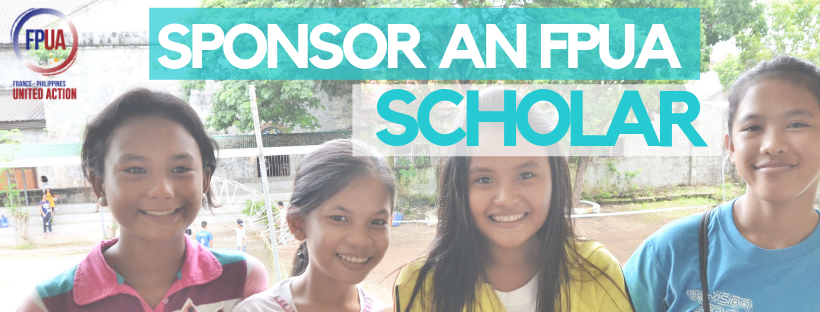It is no secret that education has the potential to change lives. For one, it opens great opportunities for the youth and it cultivates their potentials. Education is one of the strongest predictors of employment as it continues to be the cornerstone of job preparation and empowerment.
It is not only a way to attain success, but more importantly to escape poverty. Yet for millions of children and youth in low-income countries and poor communities, an education is beyond reach. According to the 2016 Annual Poverty Indicators Survey (APIS), about 9% or 3.6 million of the estimated 39.2 million Filipinos aged 6 to 24 years old were out-of-school children and youth (OSCY) (Philippine Statistics Authority, 2018).
Although the Philippines has had remarkable progress in expanding access to basic education, Education Data of 2016 shows that about half of Filipino students are struggling to complete basic education on time (The World Bank, 2018). An alarming spike of 11% (equating to 4.8 million Filipinos) increase since 2012 has been recorded for the number of elementary and high school dropouts (Porcalla, 2017). The poor are most at risk, creating a vicious cycle of impoverishment.
Poverty is one of the main causes of Philippine’s poor education record and has affected participation in education in more ways than one. According to Mangahas (2017), every Filipino should complete at least 10 years—ideally at least 12 years—of basic education to be able to earn enough to avoid poverty. Extreme poverty is forcing more and more students out of the classroom and onto the streets of large cities, where they beg and hustle to survive. Even if education is sometimes free, more problems arise as daily expenses and allowances for the children are tight.
In hopes to fill the educational gap, sponsorships have been supported by quite a number of governmental and non-governmental agencies, foundations, corporate donors and private well-wishers. Sponsorships are one of the long-term solutions to poverty because it targets and gives the underprivileged, especially to those located in rural areas, a chance to better their future. Scholarships that assist or cover costs of pursuing education provide a number of benefits for recipients. From reducing the financial burden of the rising costs of education, to allowing students more time and energy to focus on studies rather than part-time work, scholarships are one piece in the puzzle of what creates a strong foundation for supporting students in their success in pursuing their dreams.
In line with United Nation’s Sustainable Development Goal #4: Education; which aims to ensure inclusive and equitable quality education and promote lifelong learning opportunities for all; quality education has always been part of FPUA’s initiatives for the vulnerable and underprivileged communities in the Philippines.
FPUA has built three rehabilitation sites in in Daanbantayan and Bogo, Northern Cebu, for the victims of typhoon Haiyan which accommodates more than 1200 beneficiaries today.

With the support of its company partners, FPUA continues supporting the three communities with the objective of helping them achieve self-sustainability through programs in Education, Health, Livelihood, and Environment.

FPUA’s currently provides scholarships for high school students from the rehabilitation sites in Daanbantayan. Since the launch of the program in 2017, the scholars are enrolled in one of the best private school in the municipality.
The program has already proven both its necessity and effectiveness. Opening new perspectives on their future, the quality education the students receive is motivating them to study hard so they could uplift their family conditions and achieve their dreams of becoming engineers, doctors, teachers, or whichever profession they would want to take.
Take part of our initiative and help in our cause for quality education!

- Sponsor 1 FPUA high school scholar for 1 year (renewable until the scholar finishes high school) for only Php 32,000
- You can also sponsor a batch of scholars and accompany them until high school graduation and even further!
You can choose the number of scholars you are interested to sponsor and for how many years.
For more information,
References
- Mangahas, M. (2017, March 11). Poor children should finish high school.
- Nine Percent of Filipinos Aged 6 to 24 years are Out of School (Results from the 2017 Annual Poverty Indicators Survey). (2018, June 06). Retrieved January 17, 2019, from https://psa.gov.ph/content/nine-percent-filipinos-aged-6-24-years-are-out-poverty-indicators
- Porcalla, D. (2017, June 25). Number of elementary, high school dropouts rising – lawmaker.
- The Philippines Alternative Learning System: A Second Chance to Develop the Human Capital of Out-of-School Youth and Adults. (2018, September 20).
Recent Comments